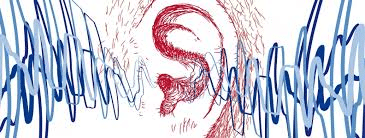Jun. 24, 2019
This may sound like a cheap romantic novel or a new soap opera but “area over love” is an important acoustic principle that rears its romantic head in a number of clinical scenarios that are encountered almost every day. Also slightly less romantic, the following equation can be helpful: F α Area/LoVe. The frequency of interest is proportional to the











